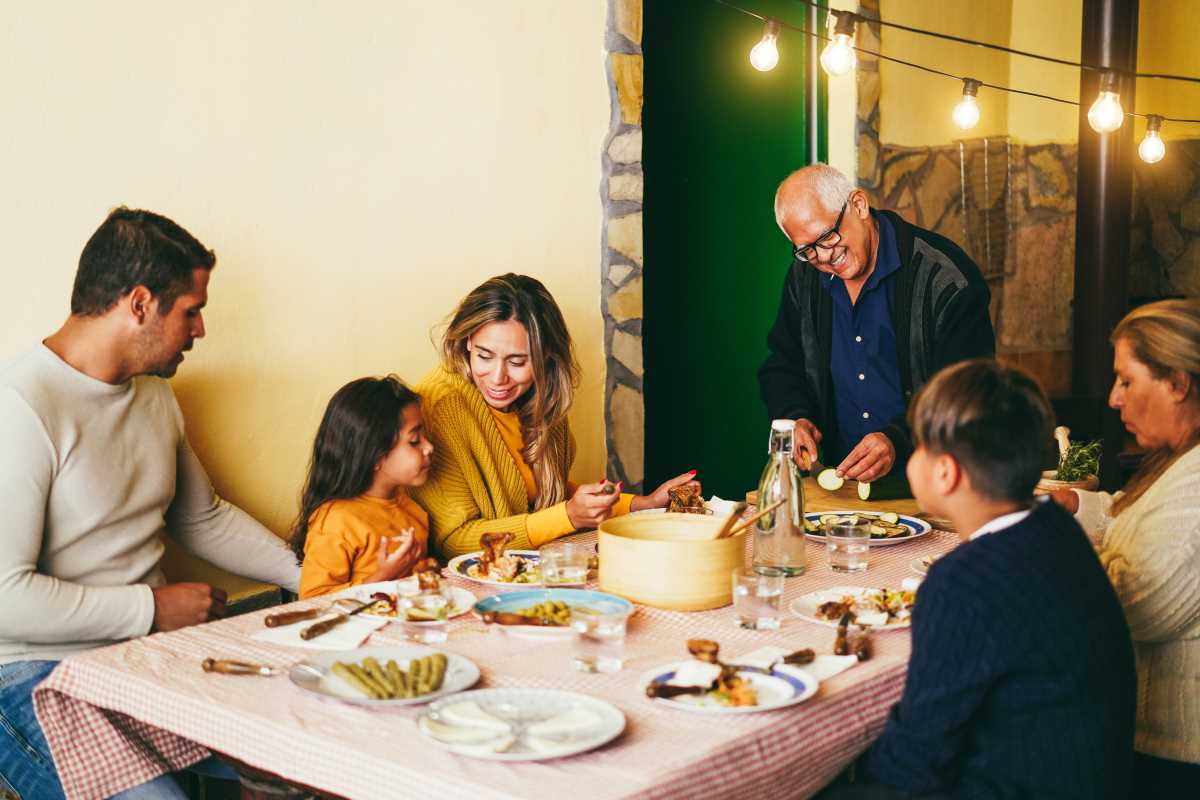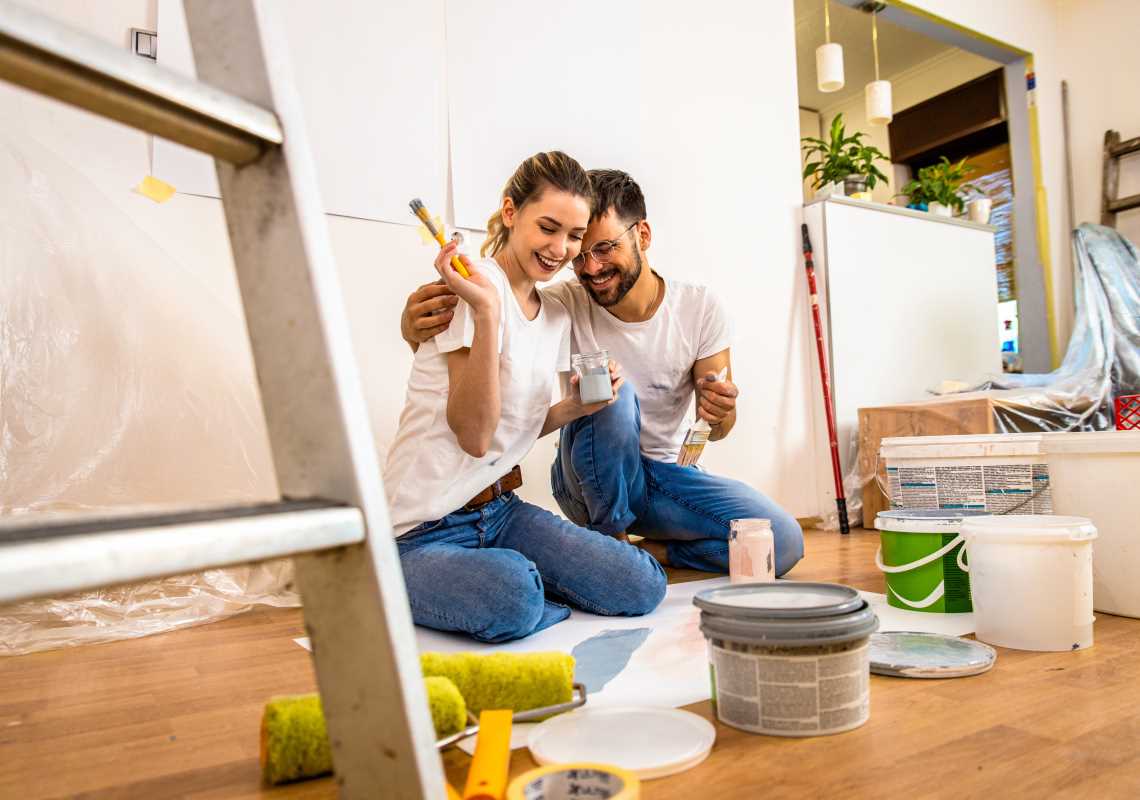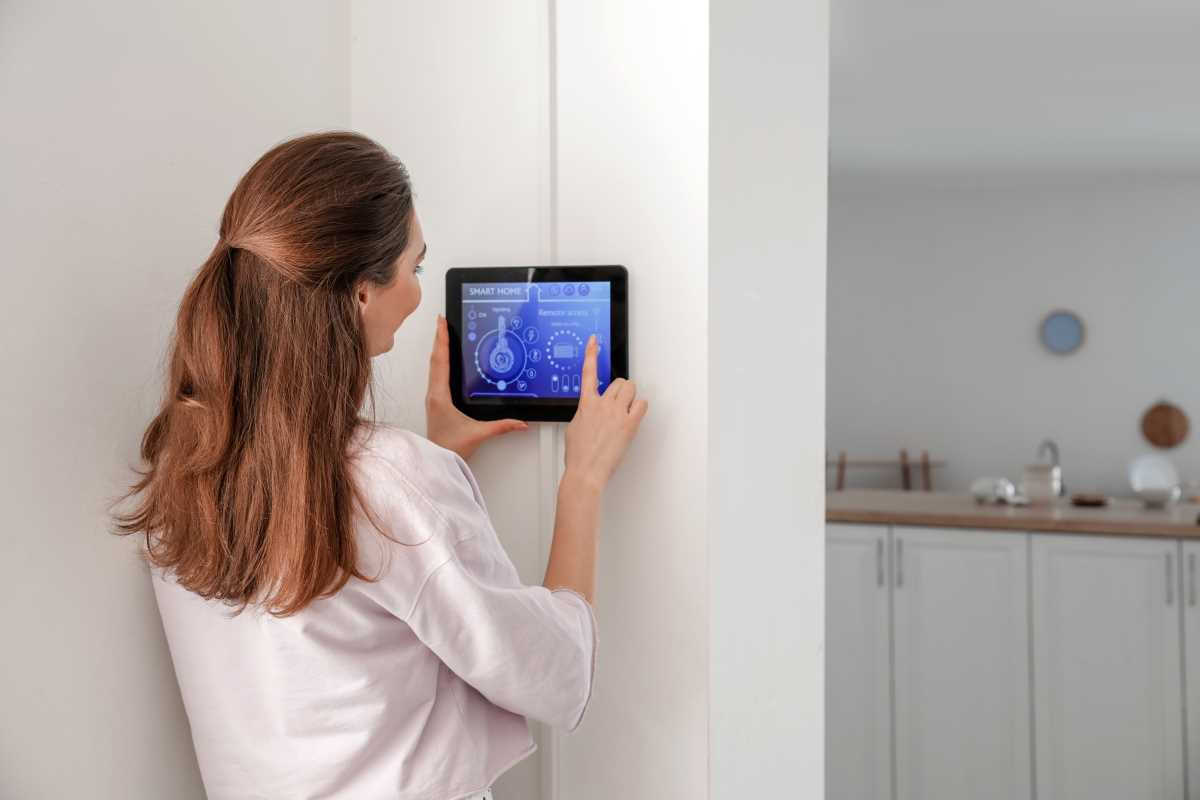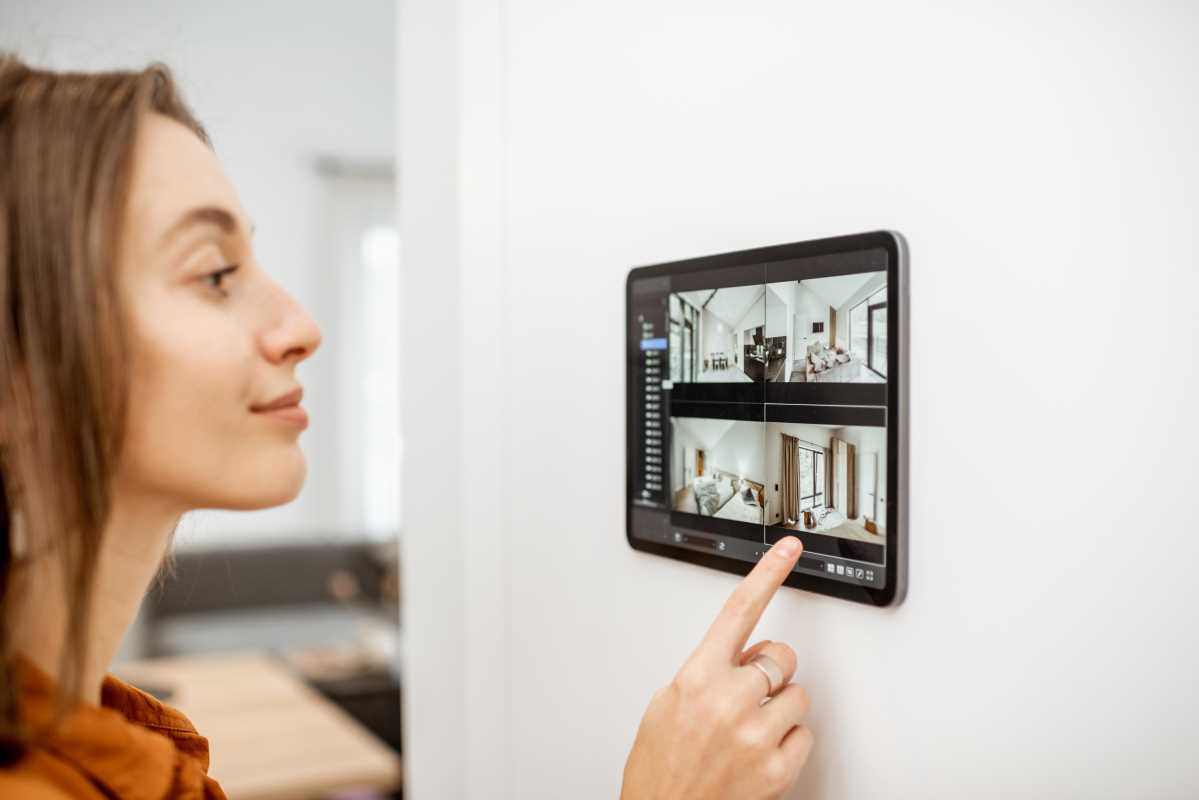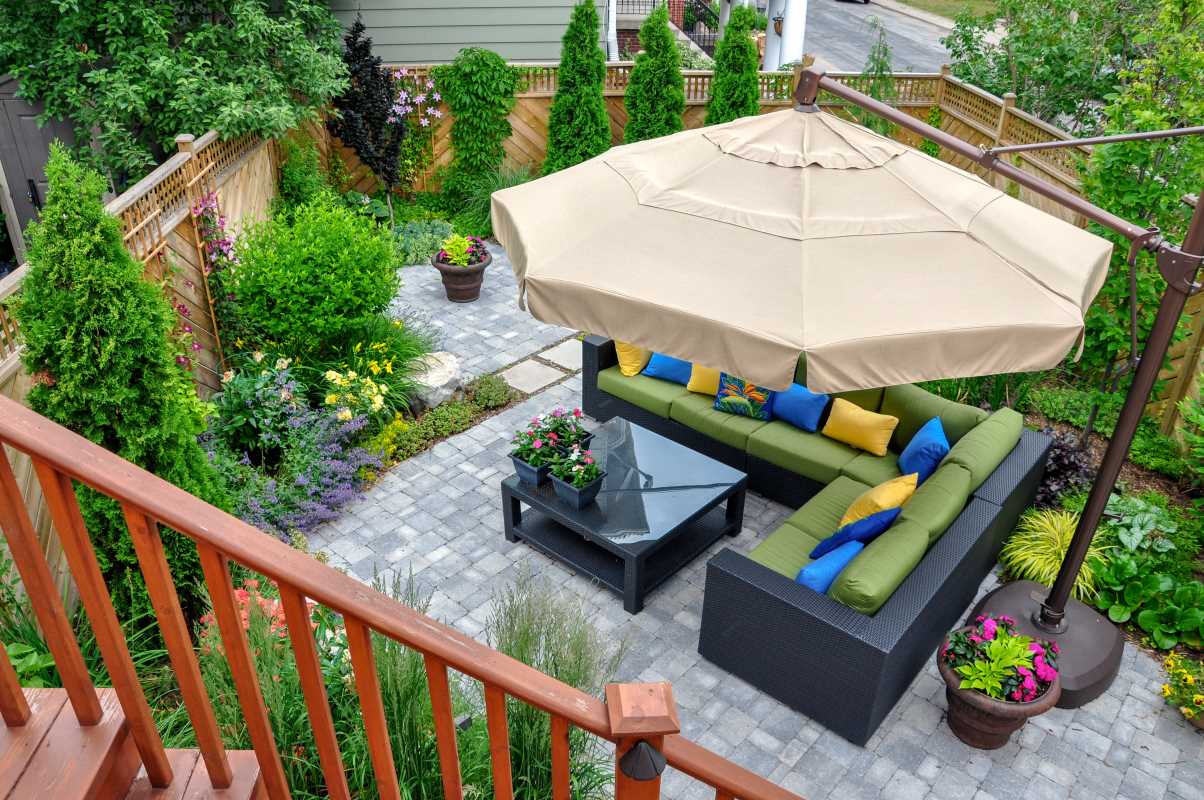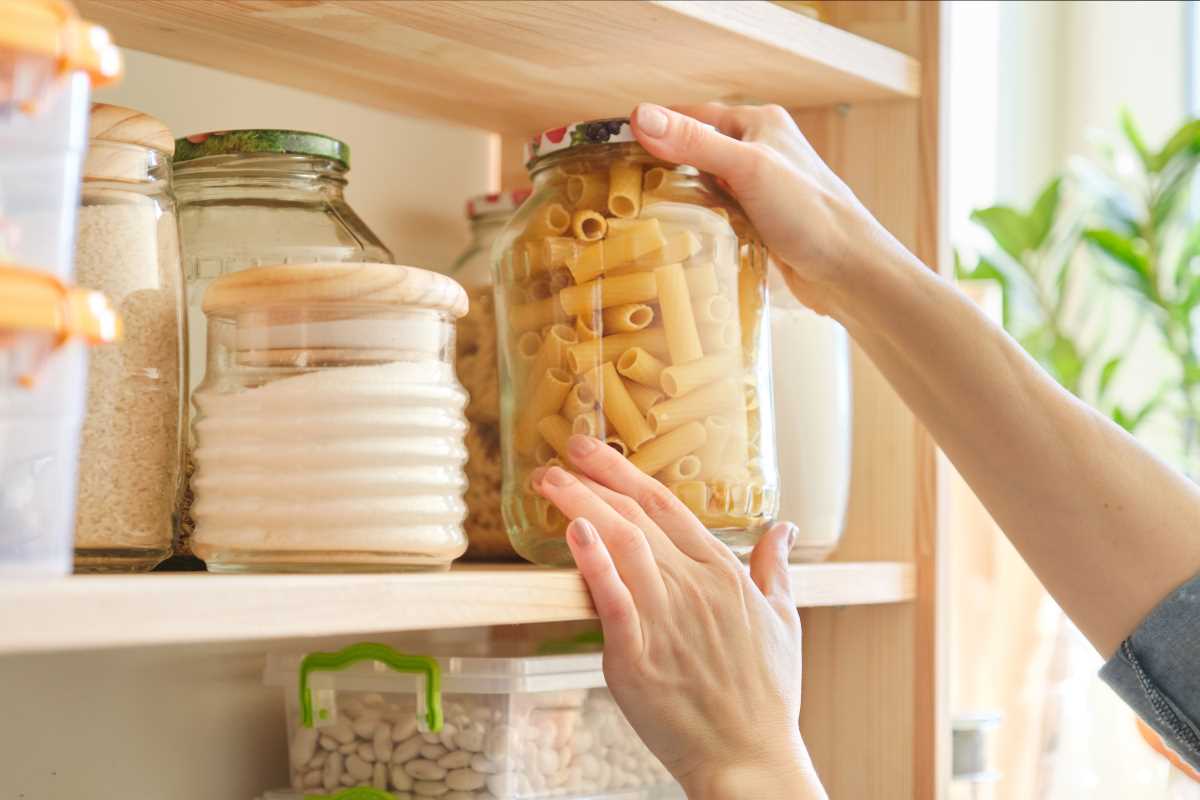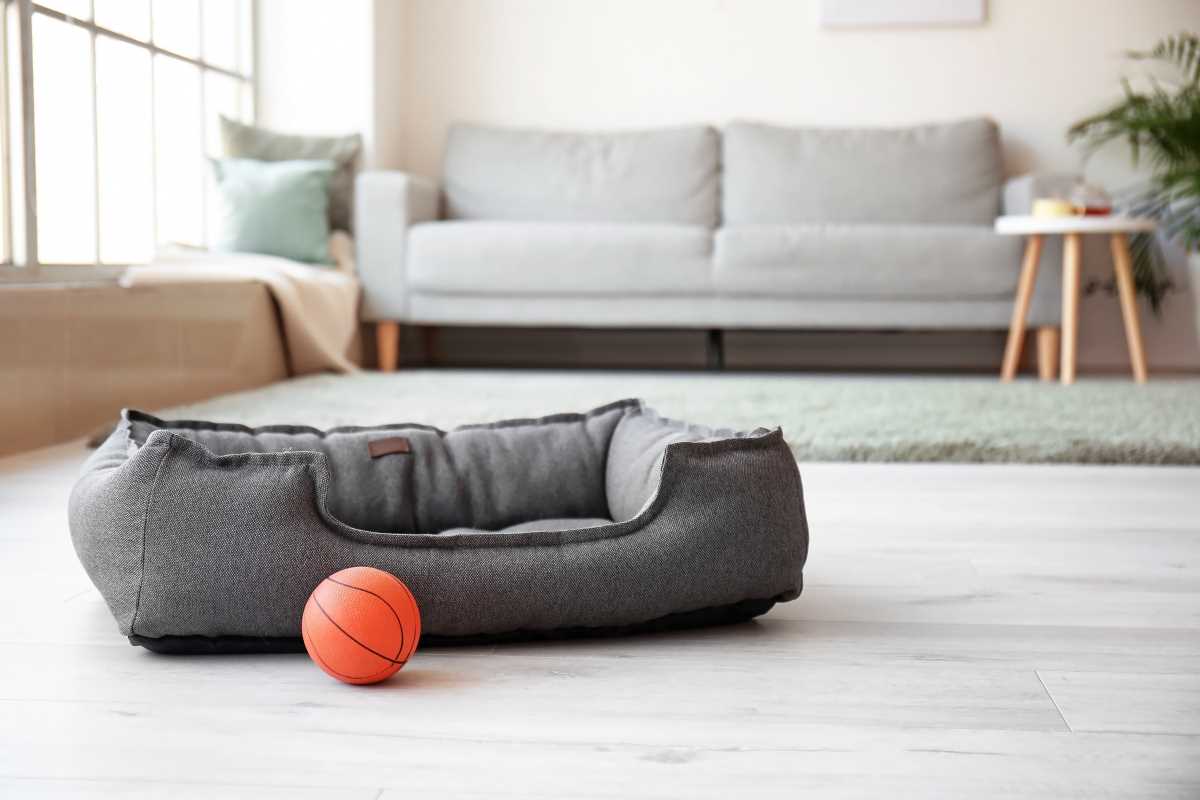Overhauling your dining room to create an eclectic space can breathe new life into your home. By using contrasting color palettes, you can create a dynamic and inviting atmosphere that reflects your unique style. Whether you want to add a touch of vibrancy or achieve a harmonious blend of different hues, contrasting colors play a crucial role in designing an eclectic dining room.
Understanding Eclectic Dining Rooms
An eclectic dining room combines various styles, textures, and colors to create a visually stimulating environment. Unlike more traditional designs that follow a specific theme, eclectic interiors embrace diversity and individuality. The key to achieving this look lies in thoughtfully integrating contrasting elements that complement rather than clash with each other.
Contrasting colors are essential in an eclectic dining room as they help to highlight different features and create a sense of balance. By mixing bold and subtle tones, you can ensure that each element stands out while still contributing to the overall cohesiveness of the room. This approach allows for endless creativity, enabling you to express your personality through your home décor.
The Benefits of Contrasting Color Palettes
Using contrasting color palettes in your dining room design offers several advantages. Firstly, it adds visual interest and depth to the space, preventing it from feeling monotonous. The interplay of different colors can make the room appear larger and more inviting, creating an atmosphere suitable for both casual meals and formal gatherings.
Contrasting colors can help highlight architectural features and focal points within the room. For instance, a brightly colored wall can draw attention to a stunning chandelier or a unique dining table. This approach also allows for greater flexibility in decorating, as you can easily change accents like cushions, artwork, or tableware to update the look without overhauling the entire space.
Tips for Selecting and Combining Colors
- Start with a Base Color: Choose a neutral or muted base color for walls and large furniture pieces to provide a foundation for contrasting accents.
- Balance Bold and Subtle Tones: Pair vibrant colors with softer hues to create harmony and prevent the space from feeling overwhelming.
- Consider the Lighting: Natural and artificial lighting can affect how colors appear. Test your color combinations in different lighting conditions to ensure they work well together.
- Incorporate Texture: Use various textures in fabrics, rugs, and decor items to add depth and dimension to the color palette.
- Use the 60-30-10 Rule: Allocate 60% of the room to a dominant color, 30% to a secondary color, and 10% to an accent color for a well-balanced look.
- Find Inspiration: Look at magazines, online galleries, or styled spaces to gather ideas on effective color combinations and eclectic design elements.
Recommended Color Combinations
- Deep Navy and Mustard Yellow: This combination creates a striking contrast that is both sophisticated and lively.
- Emerald Green and Blush Pink: These colors add a touch of elegance and warmth to the dining space.
- Charcoal Grey and Bright Orange: A modern pairing that brings energy and depth to the room.
- Teal and Copper: This duo offers a rich and luxurious feel, perfect for an upscale eclectic look.
- Olive Green and Rust: Earthy tones that create a cozy and inviting atmosphere.
- Black and White with a Pop of Red: A classic combination with a bold accent that makes a statement.
- Rich Burgundy and Gold: Perfect for adding opulence and warmth to your dining area.
- Turquoise and Coral: A vibrant and playful mix that enlivens the space.
- Slate Blue and Lemon Yellow: A refreshing and modern pairing that brightens the room.
- Purple and Silver: A regal combination that adds a touch of glamour and sophistication.
Implementing Contrasting Colors
Successfully implementing contrasting colors requires careful planning and consideration of various elements within the room. Start by selecting a cohesive color palette that resonates with your personal style and the existing architecture of your dining space. Consider the size of the room, the amount of natural light it receives, and the mood you want to create.
Next, introduce contrasting colors through key pieces of furniture, such as the dining table or chairs, and complement them with accessories like rugs, curtains, and artwork. Mixing different patterns and materials can further enhance the eclectic feel, adding layers of interest and complexity. Remember to maintain a sense of balance by not overwhelming the space with too many bold colors; instead, let each color have its moment to shine.
The right color choices can dramatically influence the ambiance of your dining room, making it a vibrant and welcoming space. By thoughtfully selecting and combining contrasting color palettes, you can create an eclectic dining room that is both stylish and uniquely yours.
